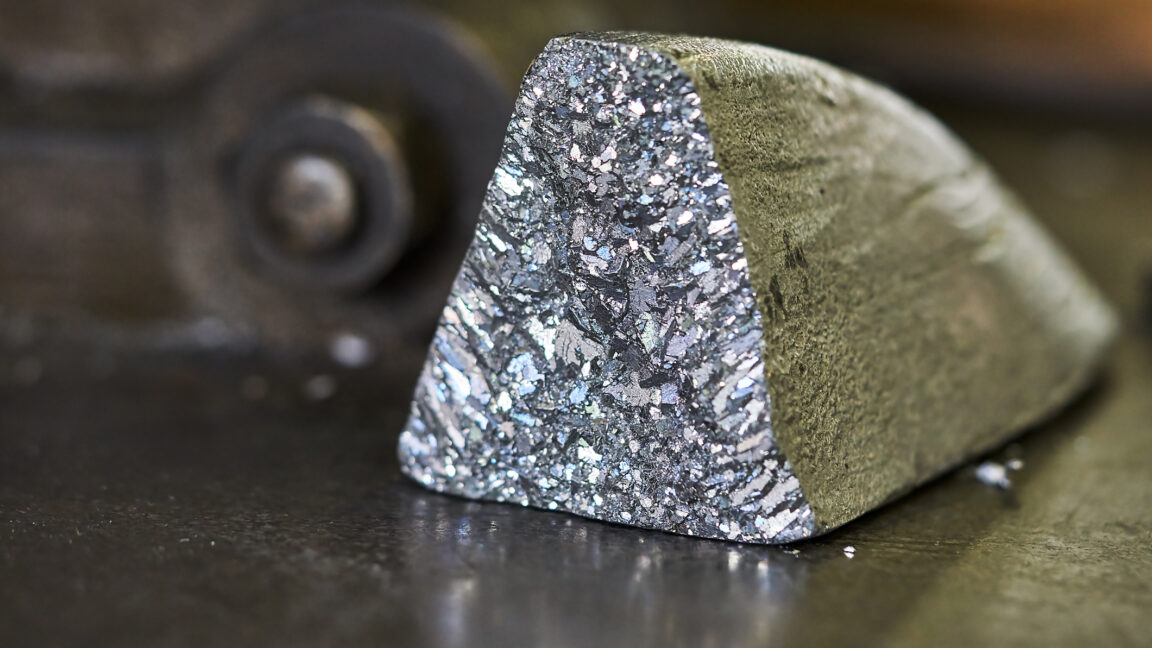
"Our hominid ancestors faced a Pleistocene world full of dangers-and apparently one of those dangers was lead poisoning. Lead exposure sounds like a modern problem, at least if you define "modern" the way a paleoanthropologist might: a time that started a few thousand years ago with ancient Roman silver smelting and lead pipes. According to a recent study, however, lead is a much more ancient nemesis, one that predates not just the Romans but the existence of our genus Homo."
"Tooth enamel forms in thin layers, a little like tree rings, during the first six or so years of a person's life. The teeth in your mouth right now (and of which you are now uncomfortably aware; you're welcome) are a chemical and physical record of your childhood health-including, perhaps, whether you liked to snack on lead paint chips. Bands of lead-tainted tooth enamel suggest that a person had a lot of lead in their bloodstream during the year that layer of enamel was forming (in this case, "a lot" means an amount measurable in parts per million)."
Analysis of preserved enamel and dentin from 51 fossil teeth reveals frequent lead exposure in fossil apes and hominins dating back almost two million years. Tooth enamel forms layered records during early childhood and preserves chemical evidence of bloodstream contaminants. Bands of lead-tainted enamel indicate episodic high lead levels during enamel formation measured in parts per million. Seventy-one percent of sampled hominin teeth showed dark lead bands signaling early-life exposure. Natural environmental lead sources during the Pleistocene occasionally delivered dangerous lead doses, potentially influencing health and survival of early hominids.
Read at Ars Technica
Unable to calculate read time
Collection
[
|
...
]